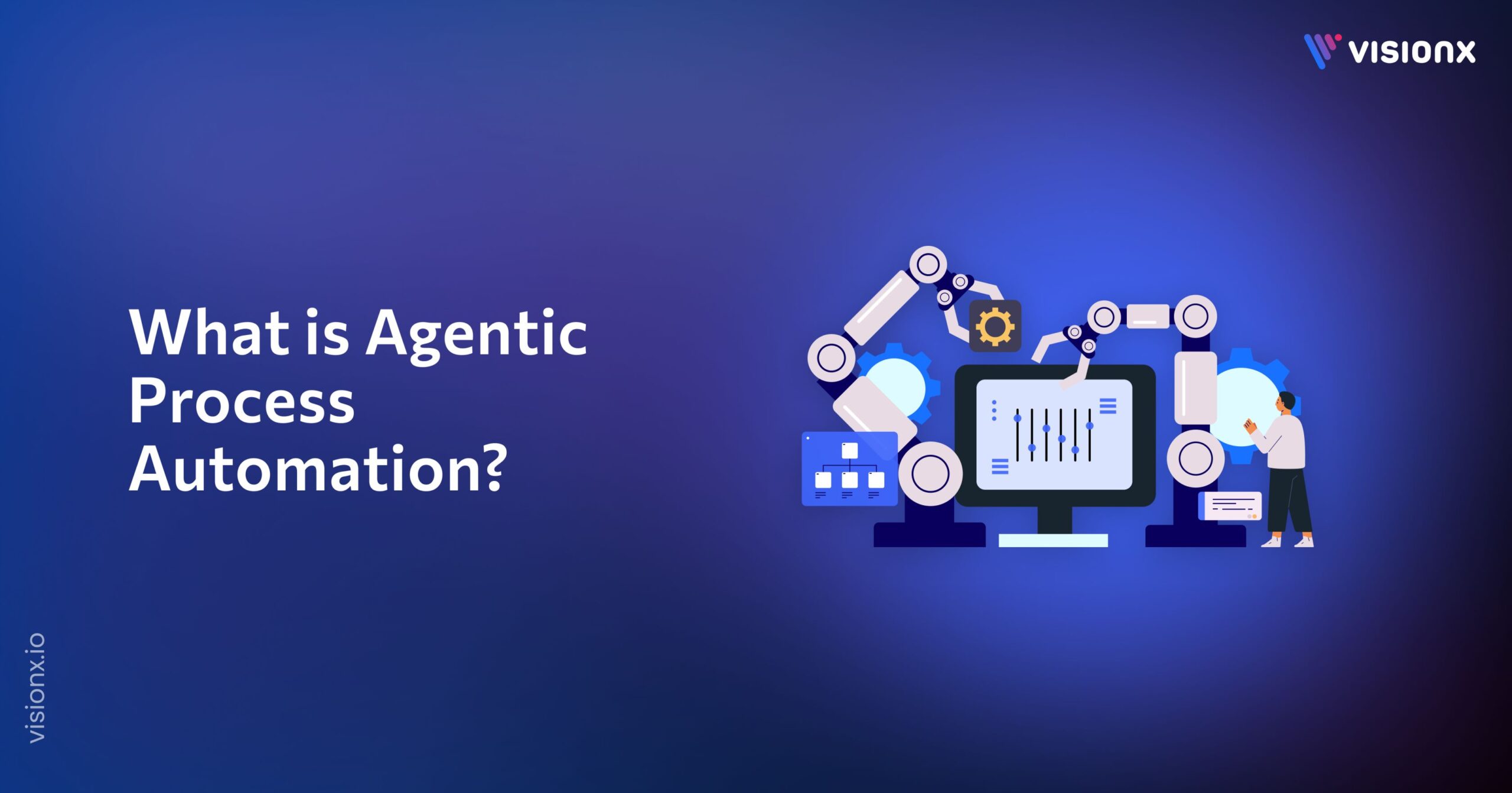Organizations are increasingly depending on data sources as trendsetters to make decisions and gain competitive advantage. However, raw data doesn’t possess the value to make any relevant contribution to a business.
This is where BI Architecture comes in between vast amounts of data and translates them into workable and actionable insights to support daily and long-term planning decisions.
BI architecture is an all-inclusive framework. It enables a business to organize its data analysis and interpretation to efficiently support data-driven decisions by gaining insights into market trends, customer behavior, and operational performance.
To explain the concept in actual words, we will explore in this blog the fundamental concepts of Business Intelligence Architecture, which include its main components, the benefits derived from such architecture, some tools used in the architecture, and best practices for implementing a solid BI architecture that drives success.
What is Business Intelligence Architecture?
Business intelligence architecture is a structure and tactic that guides data collection, storage, analysis, and delivery for informed decision-making. It encompasses many tools, technologies, and processes that transform raw data into useful information on business objectives, leading to improved organizational performance.
The architecture will ensure data smoothly flows within an organization, aggregating the data source and changing it into a unified format with consistency for analytics. This means that organizations can access real-time critical insights, promote inter-departmental collaboration, and build a continuously improved culture based on data-driven decision-making.
Furthermore, the architectural design of BI helps organizations scale up their data capabilities as they grow, ensuring that their analytical tools keep up with changing business needs and market dynamics.
Ultimately, it allows companies to gain a competitive edge by letting them react and respond to trends, optimize processes, and enhance customer experience through informed strategies.
Components and Diagram of Business Intelligence Architecture
Components:
BI architectures typically comprise a number of layers and components that play an important role in putting data into the processing pipeline and analytics. Here is a list of the main components:
1. Data Sources:
The diverse sources of the data include databases, CRM, ERP systems, web services, and IoT devices. These sources feed raw data for analysis, which may be structured, semi-structured, or unstructured in nature. Good BI architecture should be able to cope with a variety of data formats and types while capturing all relevant data points meant for analysis.
2. Data Integration (ETL):
The process of ETL data entails managing the integration of data from various sources using several extraction, transformation, and loading processes. The ETL tools extract data from other systems and then transform it into a standard format (cleaning and standardizing it) while loading it into a centralized place, normally a data warehouse. This ensures that the data is consistent, correct, relevant, and ready for analysis, allowing room to eliminate inconsistencies and errors.
3. Data Warehouse:
A data warehouse is a central depository for holding all the integrated data in an organized and structured form. This will make the retrieval and querying procedure relatively easy to analyze. In addition, the warehouse supports the storage of historical data, and trends may be analyzed from time to time. This probably comes with tools for managing large volumes of data, enabling fast and efficient querying.
4. Data Modeling and Analytics:
Once the data is in the warehouse, data modeling and preparation involve data mining, predictive analytics, and OLAP, as it includes discovering hidden patterns, forecasting future outcomes, and viewing the data from all angles. Data modeling creates logical relationships for several datasets, makes complex analytic queries possible, and supports analysts in meaningfully deriving insights.
5. BI Tools and Dashboards:
BI tools allow visualizing and representing data to other stakeholders through interactive dashboards, reports, and analytics. They are self-service-friendly. They are built with user-friendliness and intuitiveness in mind. Such tools make data accessible to users from various departments, enabling the generation of reports and actionable insights from the data without great technical skills.
The dashboards are often configured to visualize data in real-time to ensure that users can easily view KPIs for effective and timely decision-making.
6. End-User Layer:
This is the layer where business users access data through BI dashboards and analytics. It provides a self-service environment where users can drill down to get the required information and filter data to generate the insights they need. Thus, it gives more power to decision-makers, as it gives them direct access to data insight to make more informed and agile business decisions.
Here’s a simple illustration:
Data Sources –> ETL –> Data Warehouse –> Data Modeling –> BI Tools –> End Users
Benefits of Business Intelligence Architecture
A well-designed BI architecture has the following benefits to organizations:
- Data-Driven Decisions: BI equips organizations to make decisions based on data-driven insights, which yields better and more confident decisions.
- Increased Efficiency: With integrated access to key performance metrics, organizations can easily become more operationally efficient by determining where efficiency improvements are needed.
- Data Quality Improvement: BI systems standardize data across the organization, ensuring consistency and reducing errors in reporting.
- Faster Reporting: Automated reports and dashboards allow one to obtain live insights, which allows businesses to react to the latest changes.
- Scalability: BI architecture can scale with data growth, hence providing a good fit with the evolution of business growth.
Here are several scenarios where Business Intelligence Architecture plays a vital role:
Use Cases of BI Architecture
Here are several scenarios where Business Intelligence Architecture plays a vital role:
- Financial Analytics: It tracks revenue, expense, and profitability and supports fiscal decisions.
- Supply Chain Management: Tracking inventory, vendors, and logistics to optimize performance.
- Customer Insights: The analysis of the behavior of customers would help in formulating better marketing strategies that can result in the personalization of customer experiences.
- Healthcare: Optimizing patient care by analyzing medical data, treatment outcomes, and operational efficiency.
- Sales and Marketing: Understanding sales trends, campaign performance, and customer demographics to drive growth.
Tools Used in Business Intelligence Architecture
There are many tools to build and maintain BI architecture. Many of the most frequently used are:
- Microsoft Power BI: This software is renowned because of its user-friendly interface. Using this tool, the business users can create informative dashboards and reports.
- Tableau: This is the visual analytics tool that helps in converting data into shareable and interactive dashboards.
- QlikView: It offers many choices for analytics and visualization. Great for businesses looking into very complex data analysis.
- Apache Hadoop: Open-source structure for distributed storage and processing. Hadoop is appropriately used to process huge data streams.
- Snowflake: This is a cloud-based solution, and it scales well with increasing data demands.
Best practices for implementing Business Intelligence Architecture
Start with a Clear Strategy:
Determine your goals for implementing BI, from the data you would use to the metrics you would like to track. Align your BI strategy with business goals so it will address specific pain points and deliver actionable insights for measurable improvement.
Ensure Data Quality:
When data quality is poor, wrong insights may be generated. The thrust should be on enhancing data governance and cleaning processes. Installing automated data validation and monitoring systems can ensure consistency, accuracy, and completeness for all datasets.
Involvement of Stakeholders Early:
Engage key business users in the process and ensure that the architecture meets their reporting needs. Talk to various departments to appreciate specific data requirements and ascertain that the BI solution covers every department’s unique needs.
Scalability:
More data means more pressure on your BI system. You need to select the proper tools and architecture that can keep up with a growing volume of data. Plan for future data expansion, considering cloud solutions that can scale dynamically to accommodate large data sets without compromising performance.
Prioritize Security:
Prevent sensitive data from getting compromised by having robust security measures at all layers of the architecture. These will include measures such as encrypting, access controls, and routine security audits to prevent break-ins and ensure compliance with required standards, among others.
Regularly updated and optimized:
Continuously review and refine your BI architecture to introduce new technologies to accommodate business needs, including routine performance assessment and upgrades to exploit innovation in data processing, storage, and analytics.
Final Thoughts
In an age in which data is king, a well-architected Business Intelligence system will be the difference between success and stagnation. By solidly building a BI architecture, organizations can transform raw data into actionable insights that determine more effective strategies and decisions.
A robust BI framework enhances operational efficiency and enables organizations to be ahead of the game by noting trends and opportunities in real time. Using best practices and employing the right tools will ensure your BI architecture is scalable, secure, and good at delivering insights to help your business thrive in today’s increasingly data-driven environment. It enables decision-makers to make informed choices in real time, which leaves room for innovation and long-term growth.
With VisionX’s Business Intelligence and Data Engineering service, your organization can base its decisions on actual data. It turns raw data into actionable insights. We use leading analytics, data mining, and BI tools to uncover gaps or opportunities in your data landscape. Our competent team supports the entire analytics process to empower you to derive a complete advantage from the full potential of your data and enhance operational efficiency.


